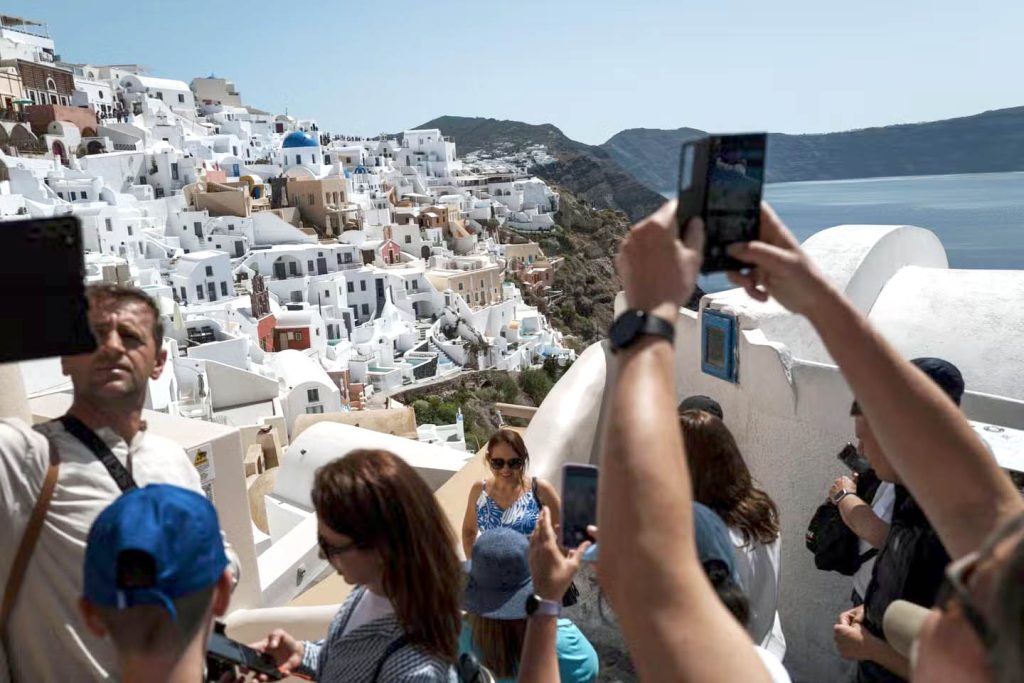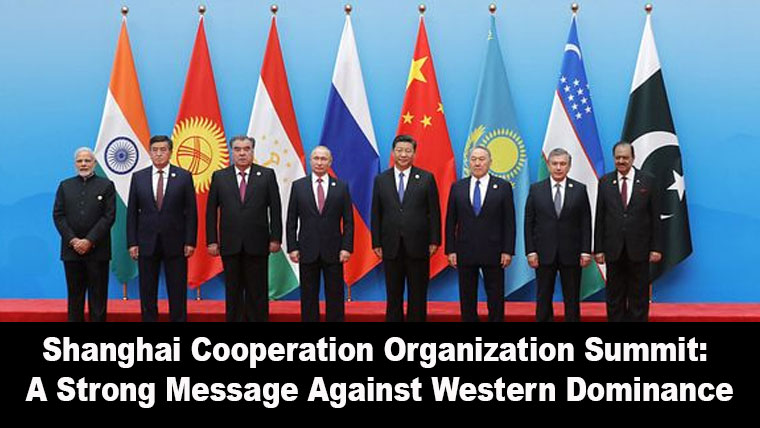
In the last few years, TikTok has gone from being a fun platform for dance videos and memes to becoming one of the most powerful trendsetters in the world. From food hacks to fashion, TikTok shapes what people do, eat, and wear. But now, it’s shaping something else too — global tourism.
While it sounds exciting at first — hidden gems going viral and attracting curious travelers — the darker side is starting to emerge. Overtourism is rapidly destroying the world’s most beautiful places, and TikTok has become one of the biggest culprits.
The Rise of TikTok Tourism
TikTok thrives on short, aesthetic videos that can make any place look magical. A hidden beach, a small mountain village, or even a street café can suddenly become “viral destinations” overnight.
For example:
- A waterfall in Bali may get millions of views after one trending clip.
- A tiny town in Italy may suddenly be flooded with tourists because a single influencer called it “Europe’s hidden paradise.”
- A Mexican cenote can turn into a viral hotspot with just one well-edited TikTok.
On the surface, this seems like free publicity for local communities. But when millions show up unprepared, problems begin.
The Dark Side: Overtourism

When a location goes viral on TikTok, it often becomes overrun by tourists within weeks. The result?
- Environmental Damage: Fragile ecosystems like beaches, forests, and coral reefs get destroyed by foot traffic, litter, and pollution.
- Cultural Erosion: Small communities lose their identity as local traditions get replaced by “Instagrammable” cafes and TikTok souvenir shops.
- Overcrowding: Local infrastructure — roads, hotels, public toilets — cannot handle sudden tourist floods.
- Skyrocketing Prices: Locals are priced out of their own neighborhoods as landlords and businesses shift to serving tourists.
What was once a hidden paradise can quickly become a nightmare.
Why TikTok is Different from Traditional Tourism
Tourism booms aren’t new. Movies, TV shows, and Instagram have all played their part in making places go viral. But TikTok is different because:
- Speed: A single video can reach 50 million people in days.
- FOMO (Fear of Missing Out): TikTok thrives on trends — if you don’t go now, you feel left out.
- Short Attention Span: Tourists often don’t research the culture or environment; they just want “the shot” for social media.
- Unprepared Visitors: Unlike seasoned travelers, TikTok tourists often lack basic knowledge about respecting nature or local customs.
This creates chaos at a pace the world has never seen before.
Real-Life Examples of TikTok Tourism Gone Wrong
- Hallstatt, Austria: This fairy-tale village went viral on TikTok, leading to such massive crowds that residents started protesting against tourists.
- Bali, Indonesia: Sacred temples and natural landmarks have been damaged by reckless tourists seeking viral videos.
- Santorini, Greece: Viral sunsets have turned this island into an overcrowded hotspot, straining local water and waste systems.
- Mexico’s Cenotes: Once hidden and sacred, many cenotes are now polluted and overcrowded after TikTok exposure.
The pattern is clear: beauty attracts clicks, but too many clicks destroy beauty.
The Psychology Behind It
Why are people so drawn to TikTok tourism? The answer lies in human psychology:
- Status Symbol: Visiting a trending place gives people social status online.
- Instant Gratification: TikTok makes travel seem like an instant reward instead of a slow, mindful experience.
- Illusion of Discovery: Tourists feel like explorers, even if millions have already been there.
It’s less about travel and more about performance for the camera.
Can This Trend Be Stopped?
It’s unlikely TikTok tourism will disappear, but solutions exist:
- Responsible Influencing: Creators should promote sustainable practices instead of just views.
- Local Regulations: Governments must cap visitors in fragile areas.
- Tourist Education: Social media campaigns can encourage travelers to respect culture and nature.
- Hidden Gem Protection: Some destinations are now intentionally keeping locations secret to avoid viral overcrowding.
Final Thoughts
TikTok tourism is a double-edged sword. It has introduced millions to breathtaking places they might never have seen otherwise. But in chasing trends and viral moments, travelers risk destroying the very beauty they seek.



